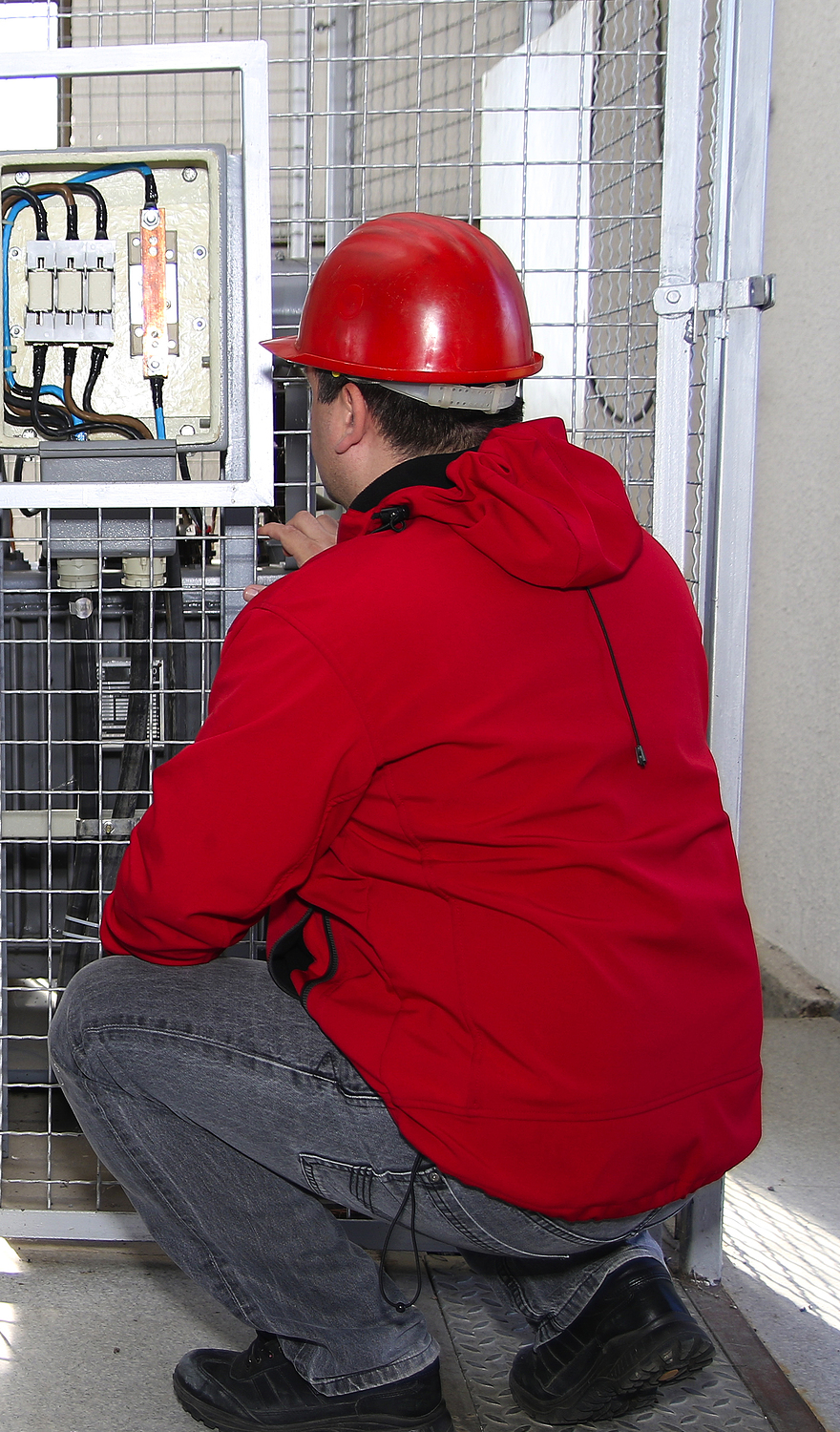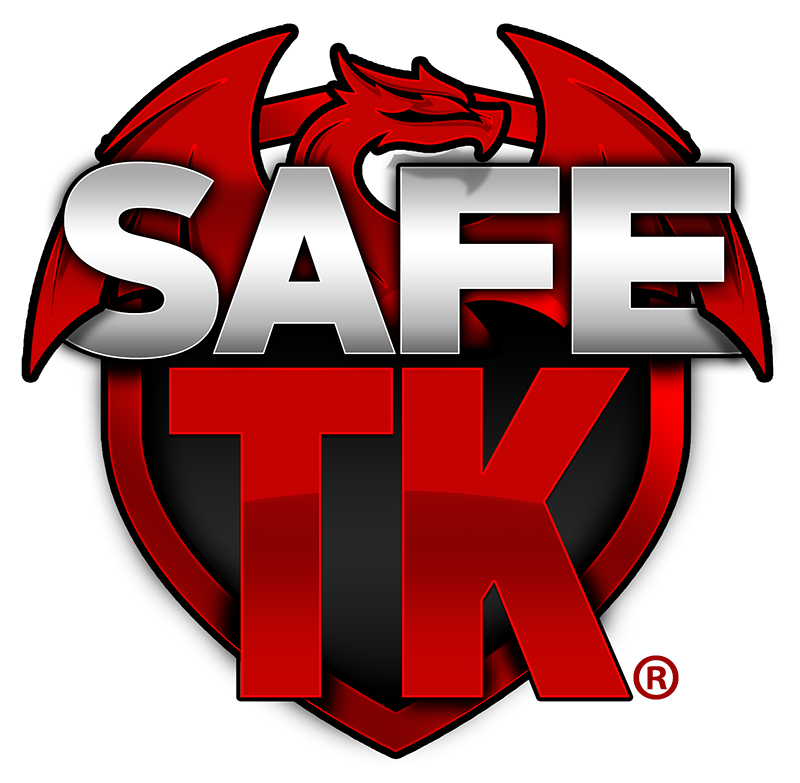Why You Need an ePTW Solution

In recent years as technology advances, there has been a growing trend in moving maintenance processes from traditional pen-and-paper methods to more modern electronic permit-to-work (ePTW) systems. There are many critical reasons why this change is taking place. Chief among these motives being that storing and interacting with information digitally leads to a more efficient and safer permitting process.
Before throwing tradition out the window and transitioning to an ePTW system, it’s critical to recognize why increasingly more professionals are moving away from the conventional paper methods. In industrial environment where safety and efficiency are vital, paper-based safety process often fail to meet the modern demands of workers. Below is a brief overview of the benefits of an electronic permitting process:
Traditional Paper Permit processes:
- Inability to enforce protocol standards and increase in the potential for human error.
- Highly dependent on the knowledge and memory of individual employees.
- Increase the chance of risky isolations and sub-par assessments.
- Can lead employees to spend excessive time deciphering illegible handwriting, reducing wrench time.
- Are tough to manage throughout emergencies and shutdowns.
- Increase the chance of being out of compliance with strict OSHA and other health and safety regulations.
ePTW Systems Reduce Risk of Error
Planning is a vital step in managing safety permits and the associated activities. Poorly planned permits can lead to unsafe isolations, placing both the plant and the employee at risk. Maintenance managers frequently need employees to follow a sequence of pre-determined steps when finalizing the permitting process to decrease errors.
Proper planning is essential to meeting regulations and providing a safe work environment for personnel. Frequently, traditional paper systems deliver no real methods of enforcing established protocols, allowing human error to permeate the existing safety permitting process. Failure by workers to adhere to company safety policies can result in plant downtime, extensive damage to equipment, and even injury or death.
As well, the traditional handwritten permitting processes are typically limited to the experience and care of the employees writing the permit. The potential danger of human error is amplified if an operator fails to remember specific details in regards to a risk assessment. Maintenance employees regularly manage a complex mix of multiple permits and isolations, increasing the threat that certain details will be overlooked.
Completing Permits by Hand Delays High Priority Maintenance and Operation Processes
Traditional paper permitting processes are frequently lacking in efficiency and problematic to administer in a time-critical work environment, particularly throughout planned shutdowns and breakdowns. The paper process necessitates a considerable quantity of time and monotonous entering of information on forms by hand, squandering time that could have been used attending to more imperative responsibilities. A few ways the limitations of hand written safety permit processes can cause difficulties for a site include:
- Vital maintenance employees can spend their valuable work hours filling out masses of permit forms. This paper work will often slow down plant production because of equipment remaining out of use for unexpected, and longer periods of time.
- Shutdowns, Turnarounds, and Outages (STOs) can result in substantial buildups of permits leading to a large amount of wasted time as personnel line up and wait for permits when they could be accomplishing the important work.
- Employee confusion created by illegible handwritten permits.
- Regularly, the status of other permits (particularly those with shared isolations) are not easily accessible, demanding added time and checks to confirm breaches do not occur.
- Work-hours are often misspent simply figuring out what state of readiness the physical plant is in and which person holds certain permits. Throughout a shutdown or outage, delays such as these can cause major issues in returning the plant to service due to the large amount of permits that must be surrendered before plant restart. For a plant, this can equate to wasted time, money, resources, and energy.
Regulations Require More
OSHA requirements are shifting to a greater emphasis on training, compliance and enhanced verification process. Regulators in many areas are moving to impose more significant penalties when incidents occur due to a lack of proper processes. These process failures can include instances of inadequate training, lack of records or audit and an overall poor-quality control standard set by the business. A traditional manual audit is limited in its scope to reviewing existing paper records, which cannot verify what order the activities were completed in or if the tasks were finished in compliance with safety regulations. The limitations of the traditional paper process can result in short cuts and corner cutting when the operators are under pressure to complete their tasks. More frequently, companies are beginning to require a more detailed and specific audit trail which can be searched and reviewed on demand.
The Future of Efficiency is ePTW
The restrictions and limitations of the traditional paper system are not new, however they have become increasing more pronounced with the modern demands for efficiency. A greater emphasis on employee safety and stricter governmental regulations have created the need for a more robust permitting system. To protect workers more fully, decision making requires a faster system with enhanced transparency. Even when traditional standards and procedures are strictly followed by operations, the antiquated paper-based process still fails to meet current standards of reporting and audit capabilities needed to keep pace with the business requirements. This is one of many reasons why more companies are moving forward with an electronic safety permitting system such as SafeTK™.
